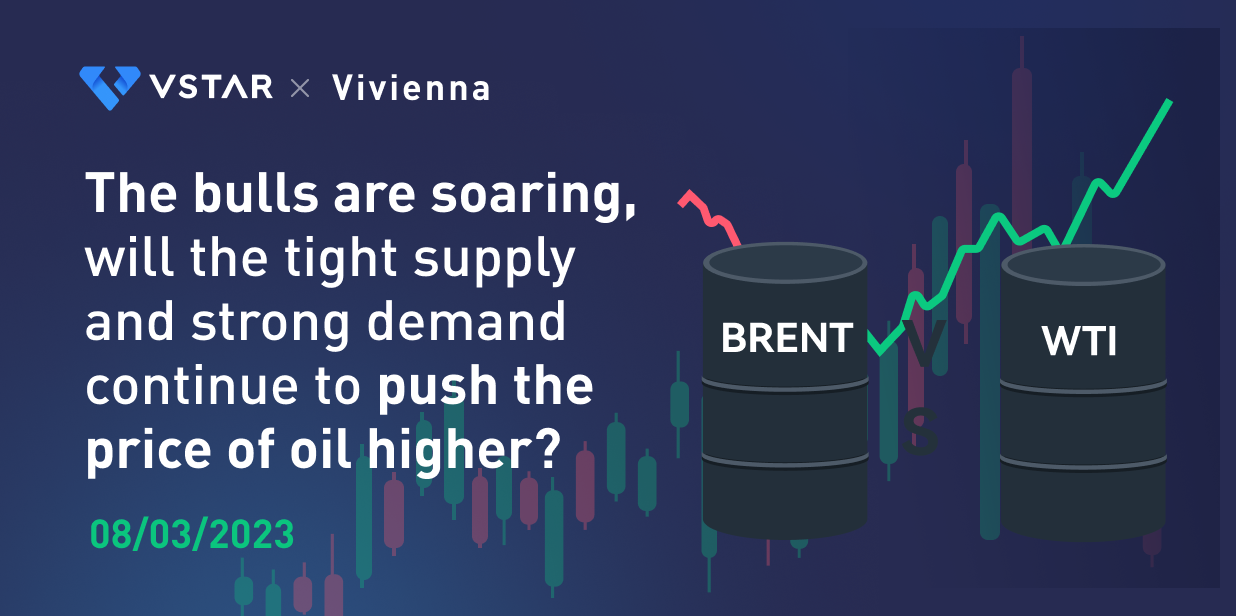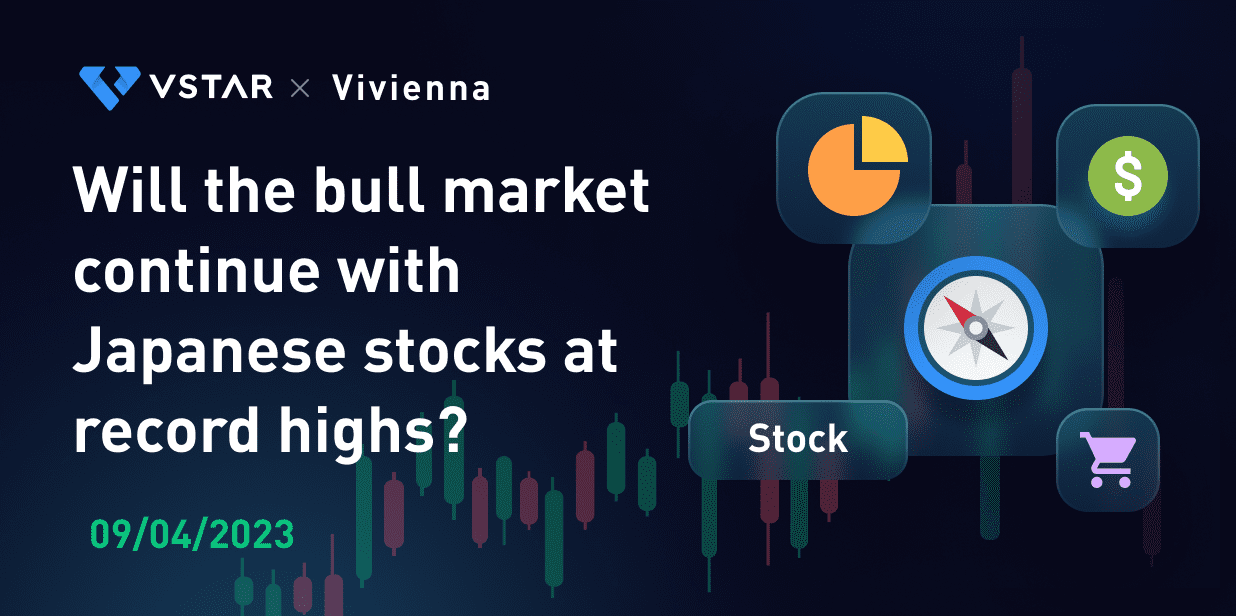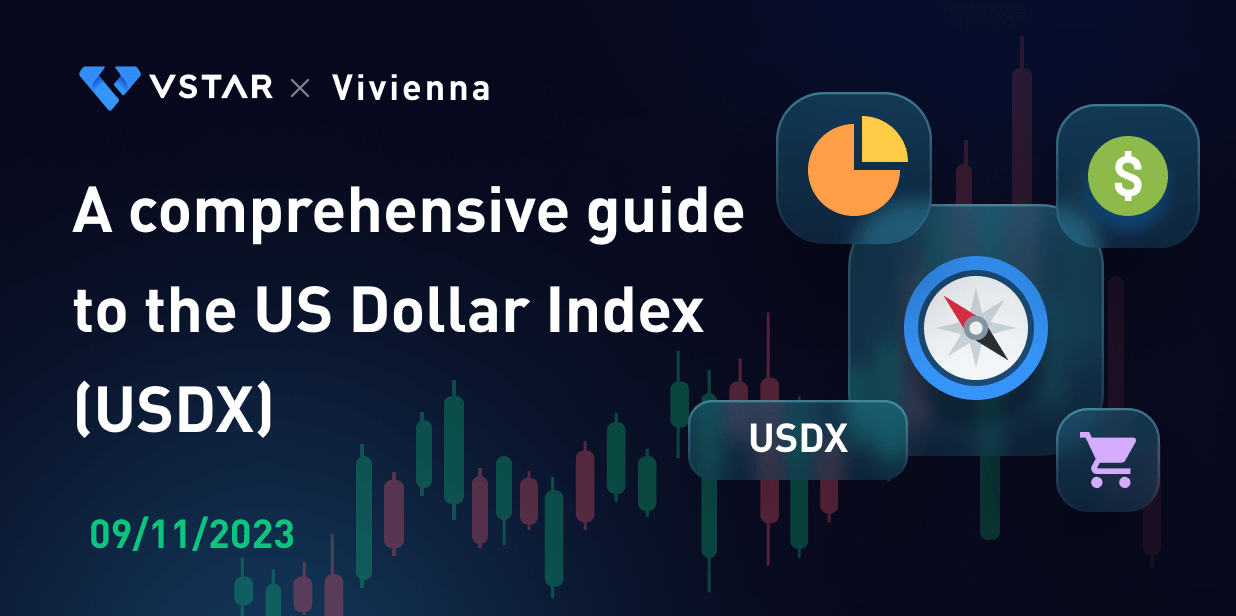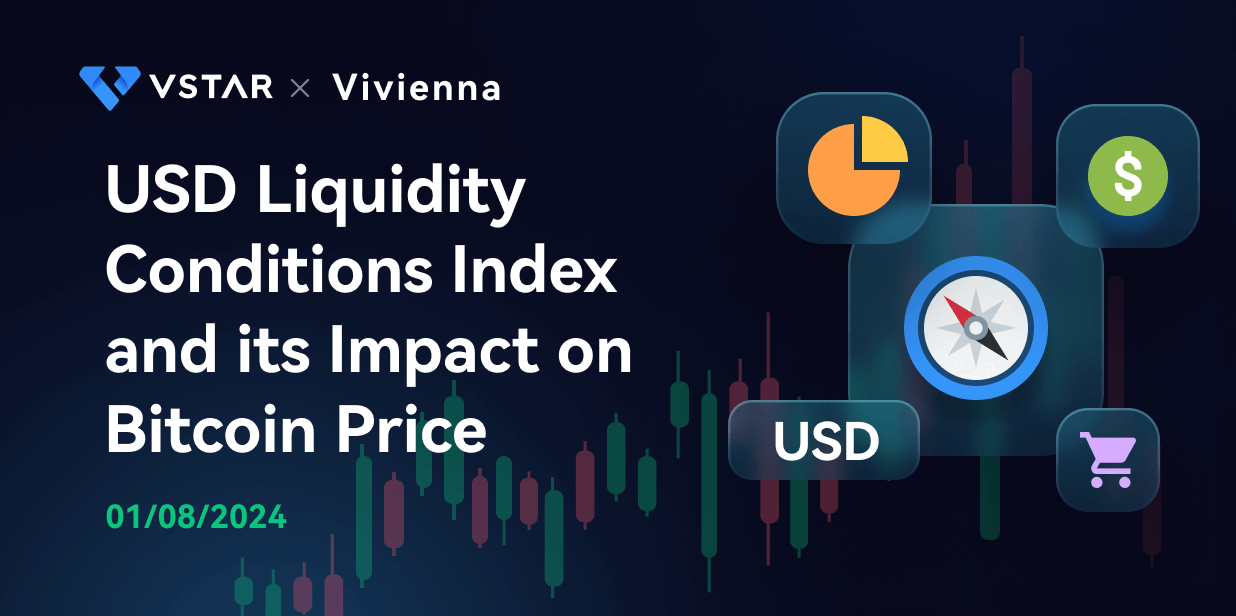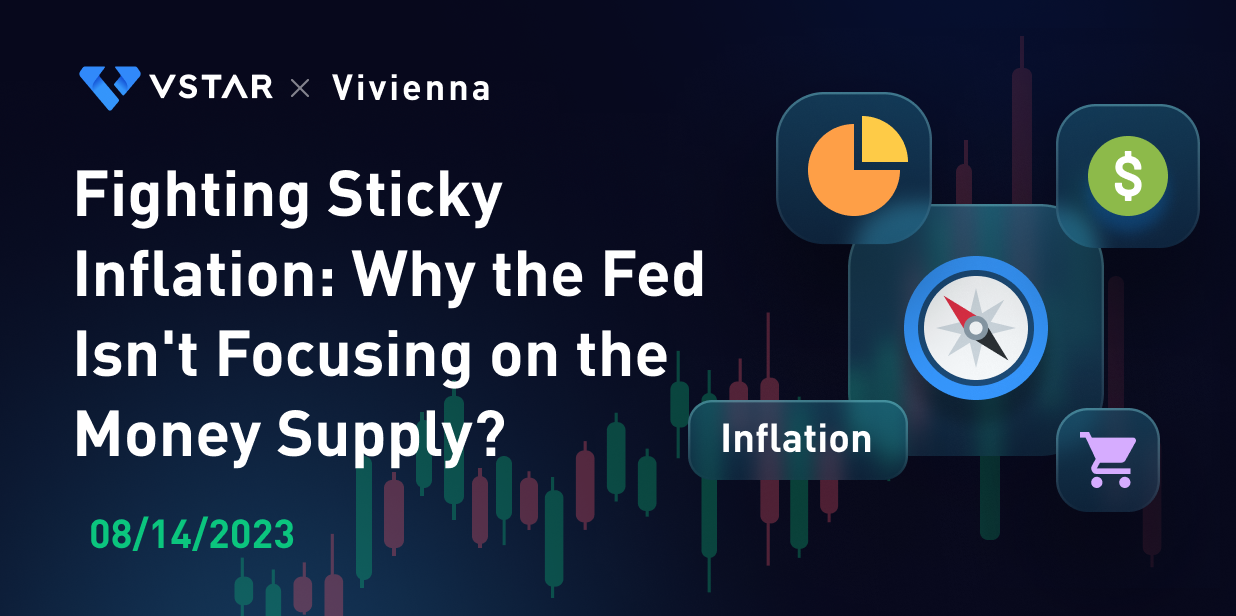[This Week's Crude Oil Market Watch]
Oil prices continued to show a generally bullish trend this week, with West Texas Intermediate WTI crude futures for September delivery on the New York Mercantile Exchange (NYMEX) trading above $82 per barrel on August 2, the highest since April 15. Brent crude futures for September delivery on ICE Eurex surpassed $85 per barrel, the highest since April 18.
Supply Side: Production Cuts by Major Oil Producing Countries
Saudi Arabia: Saudi Arabia's Ministry of Energy announced that the voluntary additional 1 million barrels per day (bpd) of crude oil production cuts scheduled to begin in July will be extended by one month to the end of August, and noted that further extensions will be considered. Since May this year, Saudi Arabia has voluntarily cut production by an average of 500,000 barrels of crude oil per day, and coupled with a further 1 million barrels of production cut in July, Saudi Arabia's crude oil production has been reduced to an average of 9 million barrels per day since July this year.
RUSSIA: The U.S. imposed new sanctions on a large number of Russian oil service companies and senior Russian Energy Ministry officials in an effort to cripple Russia's ability to expand oil and gas production and exports. Tanker tracking data also showed that Russian crude exports fell by 311,000 bpd to 2.73 million bpd in the week to the 23rd, down nearly 1.5 million bpd from the recent peak in April.
NIGERIA: Nigeria's Focardos terminal suspended crude loading due to spill risk, affecting supplies.
Demand Level: Supply Gap Reappears
OPEC's monthly report expects global oil demand to increase by 2.44 million bpd y/y to 102 million bpd in 2023;
The EIA forecasts that the supply/demand gap in the global oil market could be 680,000 barrels per day in the second half of the year;
The IEA forecasts that the supply/demand gap in the global oil market could be as high as 1.7 million barrels per day in the second half of the year;
Goldman Sachs forecasts that global oil demand will reach a record 102.8 million barrels per day (bpd) in July this year and expects strong demand to lead to a shortfall of 1.8 million bpd in the second half of this year, more than expected, and a shortfall of 600,000 bpd in 2024.
UBS analysts expect a market gap of 700,000 bpd in June and around 2 million bpd in July and August. The size of the market gap in September will depend, among other things, on whether Saudi Arabia extends an additional 1 million bpd of production cuts into September.
Position Level: Long Positions Increased
U.S. crude oil formed a large bullish flag pattern that exacerbated the bullish sentiment, many traders established a long position. Huitong Financial according to the CFTC official website position data: as of July 25th week, the U.S. crude oil futures speculative net long position increased by 24,928 hands to 177,740 hands.
Monetary Policy
Data from the U.S. Commerce Department last week showed that U.S. annual inflation in June was the lowest in more than two years and core price pressures eased. The U.S. personal consumption expenditures index rose a modest 0.2% in June from a year earlier, while the year-over-year increase slowed to 3%, while the Fed's preferred core PCE inflation also rose 0.2% from a year earlier, while slowing to 4.1% year-over-year.
Cooling inflation has boosted market expectations that the Fed may be ending its monetary tightening cycle.
Economic Cycles
The market expects oil demand to be stronger in the second half of the year, boosted by China's stimulus program, while U.S. GDP growth of 2.4% in the second quarter was higher than market expectations of 1.8% growth, with expectations of a sharp recession and perhaps even a soft landing.
However, both OPEC and the International Energy Agency have warned that oil demand growth will slow significantly in the medium term.


With both crude oil markets showing a general bullish sentiment, investors should pay close attention to changes in crude oil market supply and international political factors. A short-term pullback may be tempting, but long-term caution is more important.








